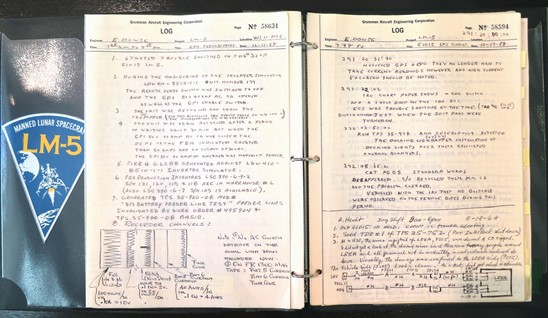Learning Task 4: Note-Taking
Describe Effective Note-Taking Techniques
Effective note taking is a useful study tool that can help you synthesize the information you need to know. Good note taking improves both your concentration and comprehension. Notes that are incomplete or illegible often cause more frustration and can provide you with the wrong information.

How you take notes will depend on your personal preferences. Regardless of the format in which you take your notes, there are some steps that you can take to help you before coming to class, during class, and after class.
Before the Lesson
Most instructors and/or course outlines provide students with a list of materials that should be studied prior to the next day’s class. Before each class, take some time to read, review, and reflect on the subject matter.
As part of your homework, take the opportunity to jot down notes on the chapter you are reading or skimming through. Use the following techniques for effective note taking:
- Organize your writing materials, including paper and writing utensils (e.g., pencil, eraser, pen, highlighter). Prior to starting your notes, make sure that you title your note page appropriately so that you will know what it is referencing at a later date (e.g., title of the chapter/book and corresponding page numbers). Also remember to title any subsequent pages or staple the pages together to ensure that the notes do not become separated.
- Stick to keywords and information that is important and will assist your memory.
- Write your notes in your own words so that you can comprehend them afterwards.
- If you keep a separate list of keywords or formulas, make sure to update these additional lists with any information from your new notes.
- Use the techniques that work best for you. For example, some learners find that highlighting or underscoring relevant sections in their text or writing in the margins of their books is a useful step prior to making their notes. Some individuals will make a draft set of notes and then refine them in a follow-up version of notes.
- Use drawings and other non-linear note formats such as drawings, tables, charts, and mind maps if they help you remember concepts and how information is interconnected.
During the Lesson
The following are helpful techniques that you can use in class:
- Take down the main points of the lesson in your own words. Do not try to take down notes verbatim or you will quickly be left behind.
- If a concept is already in the notes you prepared prior to class, only take down new information.
- Underline or highlight any information that your instructor indicates is important to remember. This information will most likely come up in quizzes, assignments, or exams.
- If your instructor is introducing information by topic, use separate subheadings in your notes to help you differentiate between topics.
- If you miss something or cannot understand it, ask questions. If this isn’t feasible, go over the issue with your instructor after class, or go over your notes with a classmate to obtain the missing information.
- If your instructor is going over an upcoming assignment or lesson, follow along as they review the upcoming assignment, and add additional notes as required.
After the Lesson
The following are techniques that you can use after class or while studying:
- As soon as possible after the lesson, review and edit your notes. This may include rewriting your notes and merging them with the notes you took before the lesson. If anything is unclear, consult another reference. This may include reviewing the relevant section of the text or comparing notes with another student.
- Some individuals find it helpful to use the left-hand side of their page to jot down explanations, pointers, and ideas and use the right-hand side for notes. This is a personal preference; however, regardless of how you take down notes, devise a system that works for you and allows you to easily go back to your notes to locate information for further study and review.
- Complete any self-quizzes that may be in your textbook, handed out by your instructor, or available online. If nothing is available, create your own self-quizzes to review the important information in your notes. This will allow you to test your knowledge and the areas in which you are weak and may require more study.
Self-Test
Self-Test 4
- How are notes most effectively used?
- Before class to prepare for the day’s lesson
- After class to prepare for quizzes and exams
- All of the above
- None of the above
- Notes taken before the lesson should always be titled and labeled clearly.
- True
- False
- It is best to take notes verbatim whenever possible.
- True
- False
- Your notes should:
- Follow the same categories/headings as the instructor’s lecture
- Include any information on upcoming assignments/quizzes your instructor mentions
- Highlight any information your instructor says is important
- All of the above
- What should you do as soon as possible after your lesson?
- Take a break and distract yourself from the material
- Read and edit your notes
- Schedule a study session with classmates
- None of the above
See the Answer Key in the back matter of the textbook for self-test answers.
Media Attributions
- Figure 4.1 How the Eagle Landed – the Grumman Construction Log © Steve Jurvetson is licensed under a CC BY (Attribution) license

